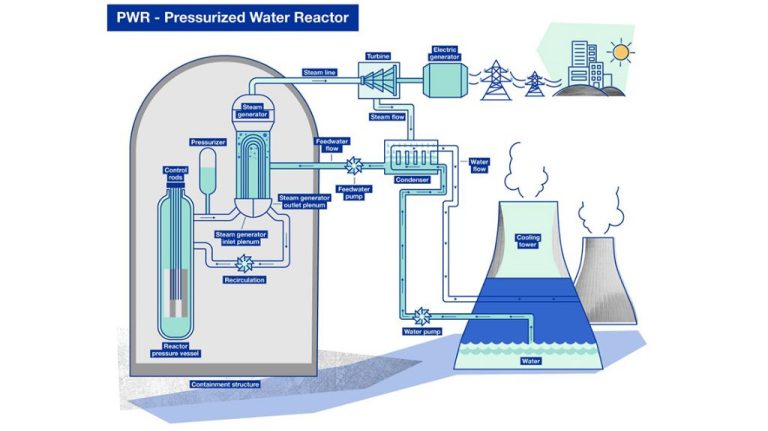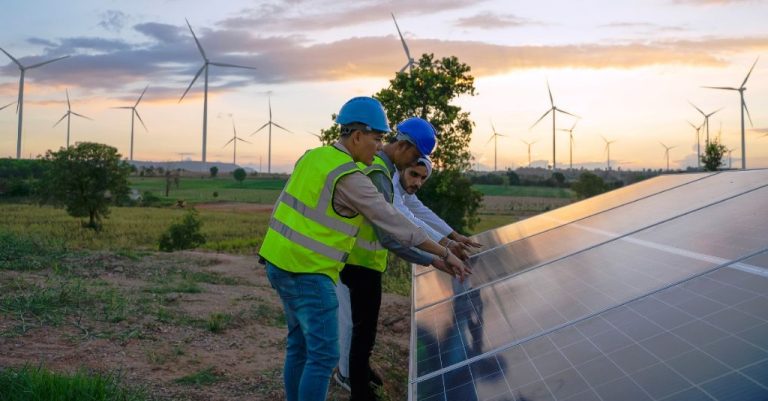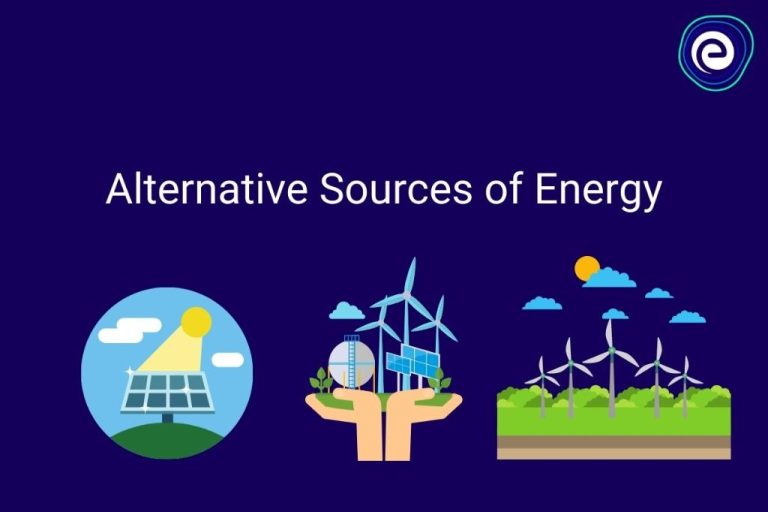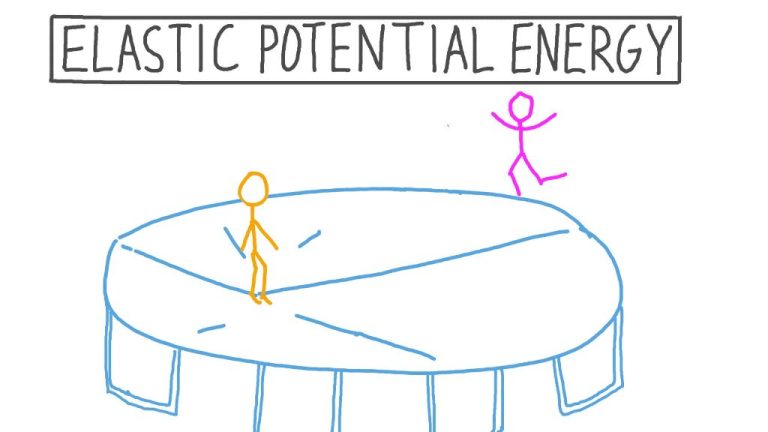How Does Renewable Energy Destroy Habitats?
Introduction
Renewable energy sources like wind, solar, hydropower, and biofuels provide clean alternatives to fossil fuels. However, some forms of renewable energy can negatively impact natural habitats and wildlife. The large-scale infrastructure required for renewable power generation often involves land clearing, habitat fragmentation, or introducing barriers in waterways. Understanding these environmental impacts is key to finding the right balance between renewable energy development and conservation. This article examines how different renewable energy sources affect natural habitats and biodiversity, along with strategies to mitigate the impacts.
Wind Energy
Wind turbines can negatively impact birds and bats through collisions and habitat loss. Studies estimate between 214,000 and 368,000 birds are killed annually by collisions with wind turbines in the U.S. Research has found that bird and bat fatalities peak during spring and fall migration seasons. The spinning blades can strike flying birds and bats, while the turbines’ presence can disrupt habitats and migration patterns.
Bats appear to be most affected, with hoary bats, eastern red bats, and silver-haired bats at highest risk of turbine collisions. One study by researchers at the University of California found that by altering wind turbine operations during peak activity periods, bat fatalities could be reduced by 44-93% while only minimally impacting power generation. Ornithologists have called for more data sharing between researchers and energy companies in order to identify additional solutions for reducing harm to birds and bats from wind turbines.
Solar Energy
Solar farms require large areas of land to be cleared and covered with solar panels. According to the California Energy Commission (CEC) report, utility-scale solar energy projects can impact thousands of acres of land. While the panels allow light to pass through to the ground, solar farms still represent a significant change in land use and habitat.
Deserts and scrublands are often targeted for solar development due to the abundance of sunlight. However, these are sensitive ecosystems that are home to many endangered species. The CEC report highlights concerns that utility-scale solar projects in the Mojave Desert could impact threatened desert tortoises. Careful planning and mitigation strategies are needed to limit habitat loss.
Additionally, solar farms can fragment habitats. Wildlife corridors enable animals to move between areas to access food, water, and mates. Breaking up these corridors with large solar installations can negatively impact populations. Wildlife-friendly fencing and preserving corridors between solar sites are important considerations.
Hydropower
Hydropower facilities can have substantial environmental impacts, especially large-scale hydropower dams on rivers. Damming rivers profoundly alters the natural flow, temperature, and sediment transport downstream, impacting river ecosystems and access to spawning habitat for migratory fish like salmon (Hydropower Projects Environmental Social Impacts, https://ev.fpune.edu.py/filedownload?context=16031&FileName=Hydropower%20Projects%20Environmental%20Social%20Impacts.pdf). Dams disrupt the connectivity of river systems, prevent nutrient and sediment flow, and change water levels and timing of natural floods. This fragments aquatic habitats and harms biodiversity.
For example, dam construction along the Mekong River and its tributaries in Southeast Asia has negatively affected migratory fish populations, wetlands and floodplains that provide habitat for birds and other wildlife, sediment supply to the Mekong Delta, and the livelihoods of millions who depend on the river’s resources (Hydropower Projects Environmental Social Impacts).
Hydropower dams can also cause terrestrial habitat destruction. The area flooded by a reservoir may cover forests, wildlife habitats, agricultural land, and human settlements. The Three Gorges Dam in China flooded hundreds of villages, displaced over a million people, and inundated around 400 square miles of land.
Biofuels
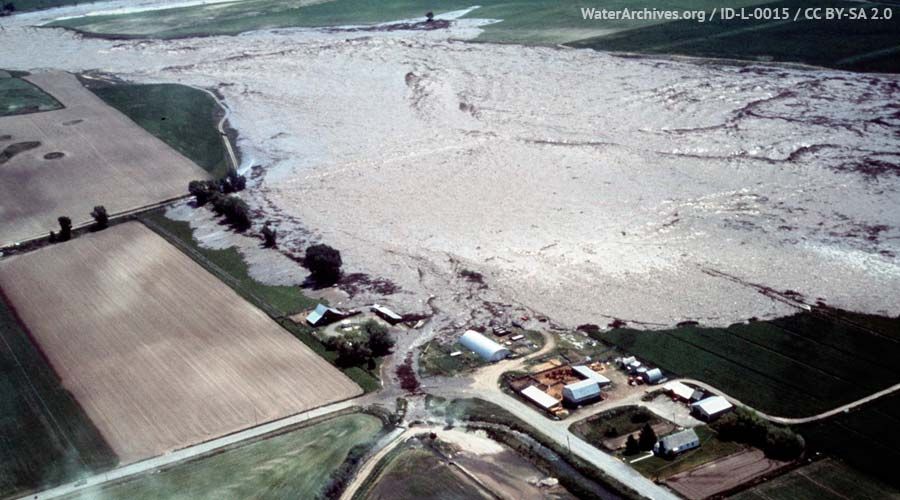
While biofuels are often promoted as environmentally friendly energy sources, they can have significant negative impacts on biodiversity. According to The Ecological Impact of Biofuels, biofuel production often leads to deforestation as land is cleared to establish biofuel crop plantations. This large-scale deforestation threatens biodiversity by destroying forest habitats (Fargione, 2010).
Biofuel crops like corn, sugarcane, and soy require vast mono-cropping operations. Planting a single crop over huge areas reduces biodiversity, as the intensive agriculture eliminates varied native vegetation and the wildlife it supports. The CBD reports that biofuel mono-cropping has caused habitat loss in areas like the Amazon rainforest and Indonesia’s peatlands, damaging fragile ecosystems (CBD, 2009).
Overall, the push for biofuels as an alternative energy source has paradoxically threatened biodiversity and natural habitats through deforestation and mono-cropping practices. Sustainable biofuel policies that avoid clearing high conservation value lands will be critical to mitigating these impacts.
Geothermal
Geothermal energy utilizes naturally occurring reservoirs of hot water and steam located deep underground to generate electricity. While geothermal energy has a small land footprint compared to other renewable sources, it can still impact habitats and species.
One concern is the diversion of geysers and hot springs. Tapping into underground geothermal reservoirs reduces the amount of hot water surfacing at these natural features. This can alter the fragile ecosystems that have formed around geysers and hot springs. Unique organisms adapted to high temperatures may lose their habitat if an area is cooled by geothermal development. For example, the endangered New Zealand grayling fish relies on a specific thermal range only found at certain hot springs.
Sources:
https://www.ucsusa.org/resources/environmental-impacts-geothermal-energy
https://www.fws.gov/node/265252
Wave/Tidal
Extracting energy from the ocean waves and tides has the potential to provide clean, renewable energy without greenhouse gas emissions. However, wave and tidal energy technologies can also negatively impact marine ecosystems and habitats (source). The underwater structures and moving parts of wave and tidal devices may disrupt, injure, or kill marine life. The electromagnetic fields generated can also affect the migration and behavior of aquatic animals that rely on electromagnetic senses for navigation like sharks, rays, and sea turtles (source).
The installation and operation of wave and tidal energy technologies can damage seafloor habitats and disturb sensitive ecosystems. The moorings, anchors, and underwater cables disturb the seafloor and potentially release sediment into the water column. This can smother benthic organisms and alter water chemistry. The effects are most severe for rare seabed habitats like kelp forests and coral reefs that cannot easily recover from disruptions (source). Overall, more research on site-specific and cumulative effects of wave and tidal energy is needed to develop solutions that generate renewable energy while protecting marine biodiversity.
Transmission Lines
Transmission lines can have negative impacts on habitats by fragmenting large contiguous areas into smaller disconnected patches. As noted in research from Oregon State University, “When landscapes become fragmented, usually because of human activity, it greatly hinders animals’ ability to move their range. That’s why it’s important to maintain habitat connectivity across the landscape” (Source).
A report on a proposed transmission line in Manitoba also cited concerns about fragmentation: “Individual transmission line projects may fragment the landscape by dividing large blocks of forested habitat into smaller blocks which can result in a decline in the diversity of flora and fauna” (Source). Maintaining connectivity through wildlife corridors and other strategies can help mitigate habitat fragmentation from transmission infrastructure.
Mitigation Strategies
There are several ways to mitigate the environmental impacts of renewable energy projects. Proper siting and planning of projects can help avoid sensitive habitats and minimize disruptions to wildlife. For example, offshore wind farms can be located to avoid major migration routes and nesting areas for birds (https://www.energy.gov/eere/wind/environmental-impacts-and-siting-wind-projects).
During construction, following best practices like erosion control, noise reduction, and limiting vegetation clearing can reduce impacts. Ongoing habitat monitoring and adaptive management after projects are built can identify and address any unforeseen consequences.
Technological innovations like radar-activated on-demand lighting on wind turbines can reduce collisions. Retrofitting existing infrastructure, like installing hydrokinetic turbines in canals rather than building new dams, can avoid habitat destruction.
Compensatory mitigation like wetlands banking and habitat conservation easements can help offset unavoidable habitat loss and fragmentation. Ultimately, careful siting, planning, and mitigation strategies can allow renewable energy development while minimizing environmental impacts (https://www.nrel.gov/docs/fy13osti/57440.pdf).
Conclusion
Renewable energy is crucial for transitioning away from fossil fuels and mitigating climate change. However, all energy sources have environmental impacts that must be carefully managed. Renewables can affect habitats through land use changes, interference with wildlife, and disruptions to land and aquatic environments. Strategic planning, impact assessments, and mitigation strategies can help minimize ecosystem damage. With thoughtful implementation, renewable energy can expand sustainably while conserving biodiversity and natural habitats. The outlook is bright for continued innovation and best practices that allow renewables and nature to coexist.

